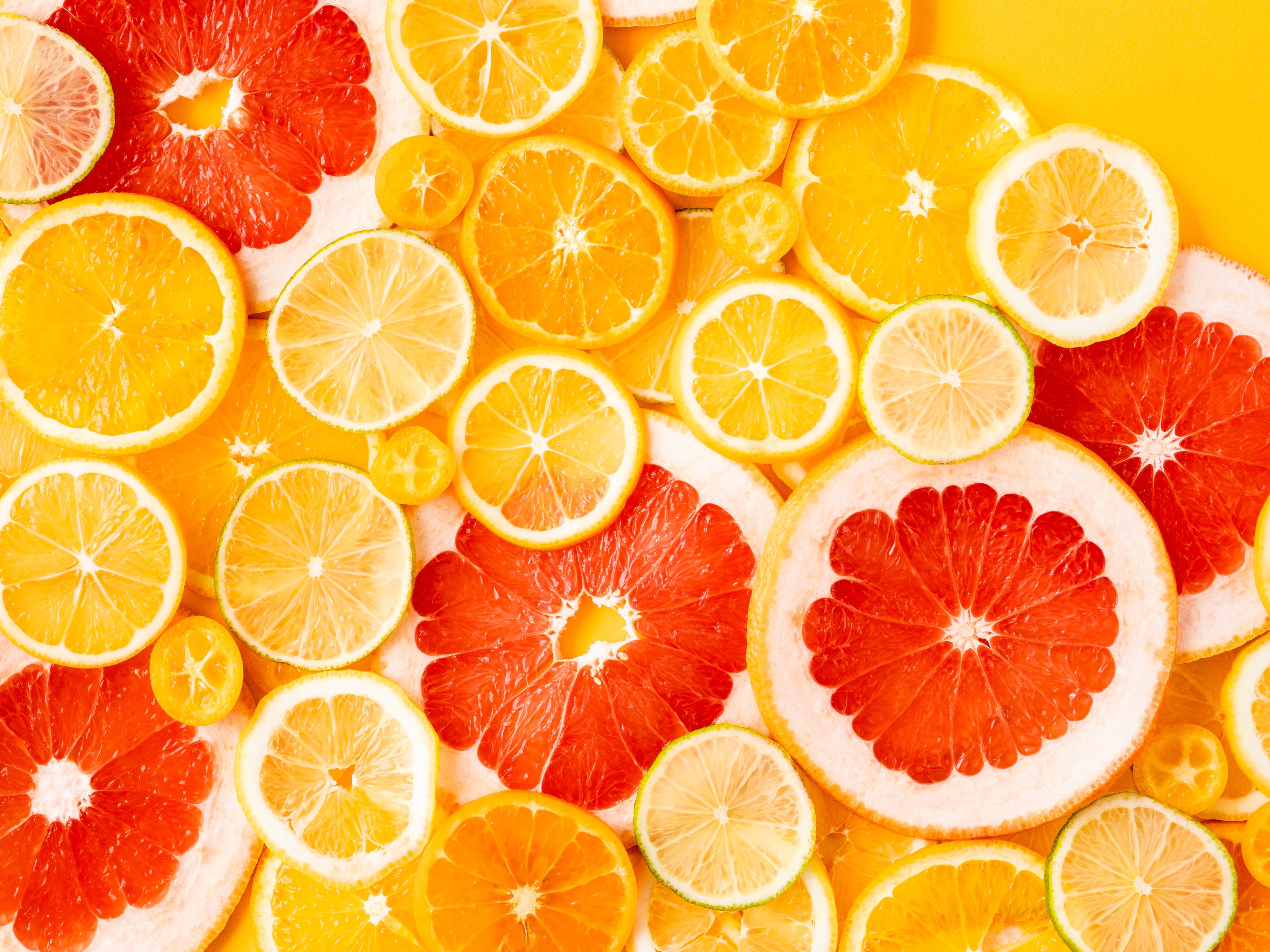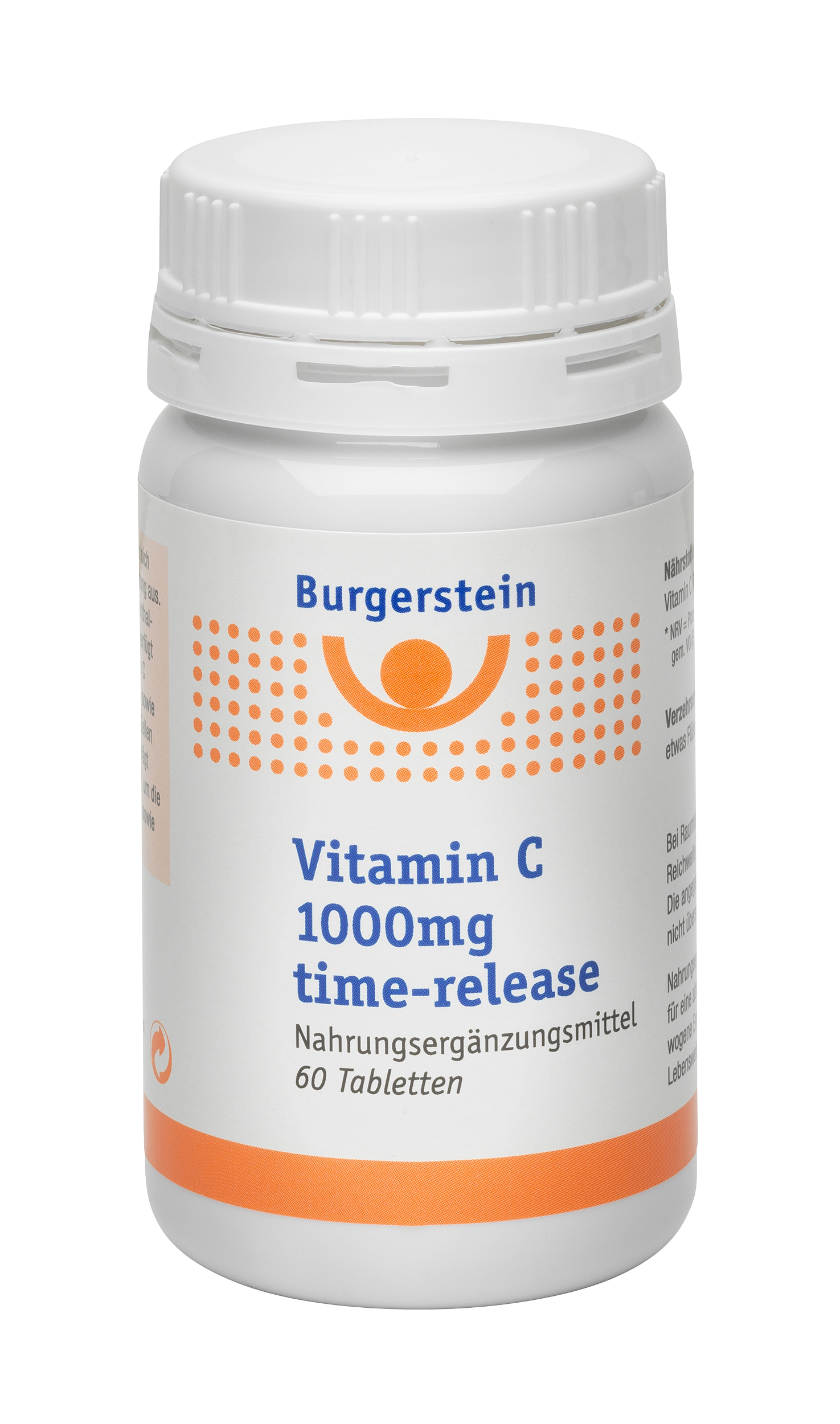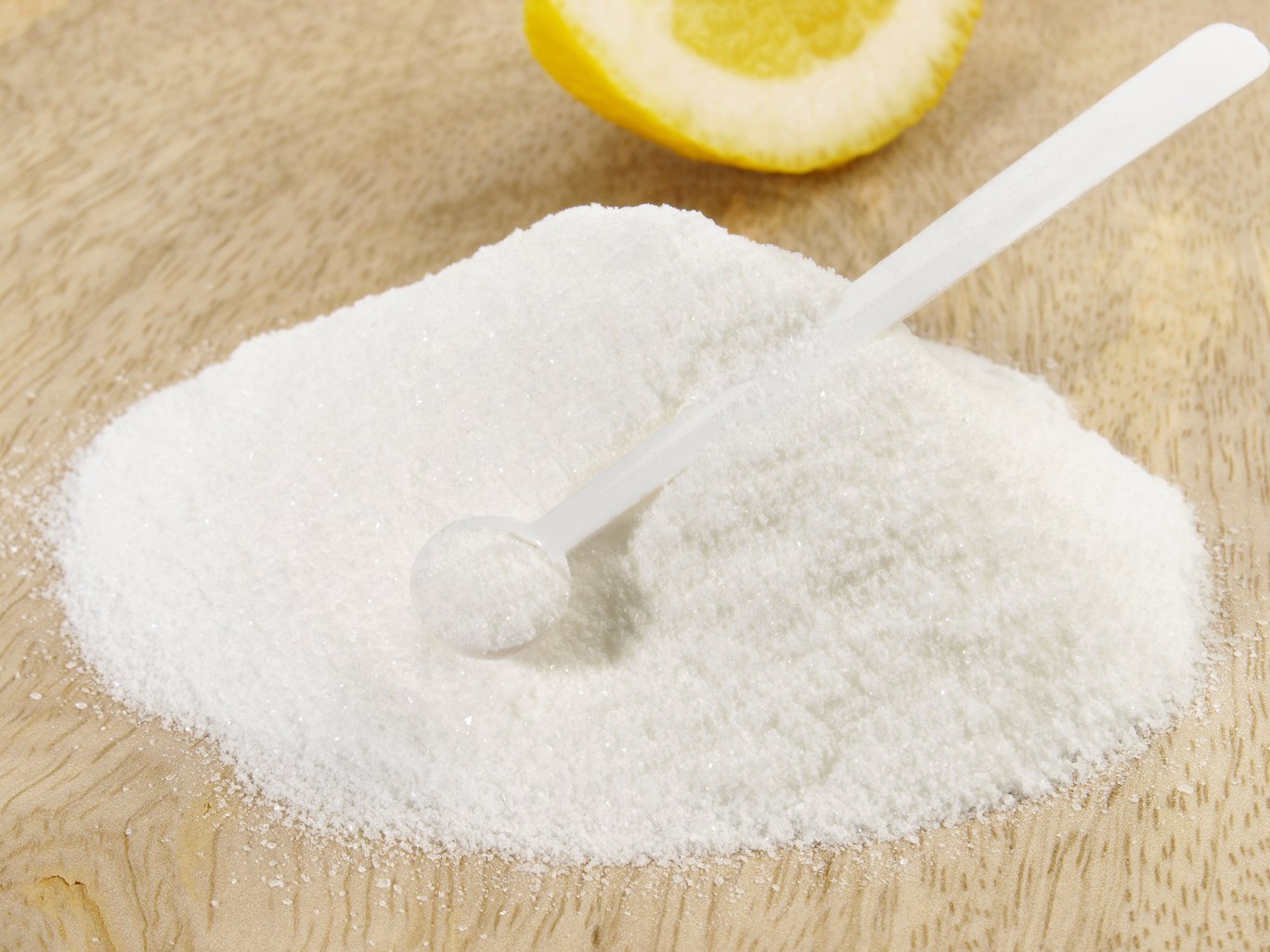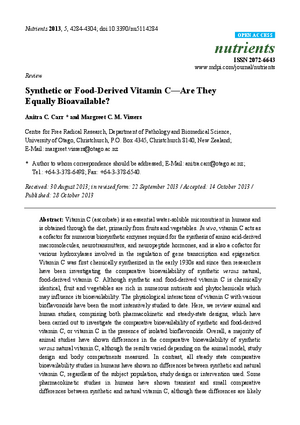Vitamin C and L-ascorbic acid - natural or synthetic

Burgerstein very carefully weighs up the advantages and disadvantages when selecting raw materials: There is often not THE optimal active ingredient or THE optimal source.
For us, naturalness means providing the body with the micronutrients in the form in which it knows and can optimally utilize them. As far as possible, we avoid unnecessary additives, artificial flavours or sweeteners that are foreign to the body. The most natural way to take vitamins is through a balanced, healthy diet. Where this is not possible, or to correct deficiencies, high-quality, readily bioavailable micronutrients are an option.
Many micronutrients are chemically synthesized. For example, the starting substance for some amino acids is natural D-glucose (glucose). This is converted into the desired amino acid by further synthetic steps. Is the amino acid now synthetic or natural?
Folic acid from a natural source is not available on the raw material market. To purify folic acid from a yeast extract would be a big waste of resources, and various chemicals would also have to be used for purification. Useful?
When it comes to vitamin C, chemically speaking, we are always dealing with L-ascorbic acid in both the natural and synthetic sources. There is no difference between these forms.
Calcium ascorbate, sodium ascorbate, etc. are also broken down into their components (e.g. one calcium molecule, two vitamin C molecules) after the stomach (low pH) at the latest. Claims that you often see published on the Internet ("L-ascorbic acid is evil, only natural vitamin C is good") are simply unscientific "fake news". Ascorbic acid, i.e. vitamin C (from acerola extract or from eaten lemons, hot peppers, etc.) is chemically 100% exactly the same molecule as synthetically (i.e. from glucose) produced vitamin C and produces 100% the same physiological effect in the body. The molecule is exactly the same.
Differences between "natural" and "synthetic" exist only in the so-called matrix effects, i.e. because vitamin C obtained from plants always also contains additional plant components.
It is also known that many plant-derived sources of vitamin C are deliberately fortified with synthetic vitamin C, because otherwise the vitamin C content would be too low.
In multivitamin preparations, too, we speak of matrix effects when the individual active ingredients and excipients influence each other.
To what extent the additional plant components are healthy (bioflavonoids) or even harmful cannot be generalized. What is clear: The bioavailability of vitamin C is insignificantly influenced by these additional plant components - since vitamin C must be freely present in dissolved form in order to be absorbed via specific receptors and/or glucose receptors. Partly, plant components may protect vitamin C in the intestine (as vitamin E can do), partly they slow down its absorption because they block some of the receptors.
It is also a fact that these "matrix effects", however, are only noticeable when taken once, but become meaningless when taken repeatedly.
As a potential disadvantage of a natural source of L-ascorbic acid, it must be mentioned that even enriched plant extracts rarely contain more than 25% vitamin C. This means that a 1g tablet provides only 250 mg of vitamin C.
However, unlike vitamin C, there are micronutrients for which the synthetically produced variant does not have the same spectrum of action in the body as the natural variant. In these cases, Burgerstein of course consistently uses vitamins from natural sources:
- Vitamin E: Natural vitamin E (d-alpha-tocopherol) ≠ synthetic vitamin E (dl-alpha-tocopherol). Burgerstein uses only natural vitamin E as the active ingredient (derived from vegetable oils).
- Carotenoids: Natural beta-carotene or natural carotenoids ≠ synthetic beta-carotene (all-trans beta-carotene). In a natural carotenoid extract, a mixture of different carotenoids is contained in each case (cis-beta-carotene, all-trans-beta-carotene, alpha-carotene, etc.). In this case, the use of a mixture of natural carotenoids is crucial to obtain the broader spectrum of activity.
Conclusion
Vitamins from natural sources are not better per se, which is why we at Burgerstein choose a more differentiated approach in the selection of our active ingredients, depending on the product.
Since synthetic vitamin C is chemically indistinguishable from natural vitamin C, we use the synthetic form in various products. Both forms are ultimately L-ascorbic acid, and the intestinal cells that absorb it - like the whole body - do not distinguish how the molecule was produced. For Burgerstein products, we place the highest value on a qualitatively impeccable origin and optimal efficacy.
Synthetic or Food-Derived Vitamin C — Are they equally bioavailable?
Zusammenfassung
This article takes a closer look at bioavailability. You can find the online article at: www.ncbi.nlm.nih.gov/pmc/articles/PMC3847730/. The PDF of the article is also deposited - just click on the image!
Vitamin C (ascorbate) is an essential water-soluble micronutrient in humans and is obtained through the diet, primarily from fruits and vegetables. In vivo, vitamin C acts as a cofactor for numerous biosynthetic enzymes required for the synthesis of amino acid-derived macromolecules, neurotransmitters, and neuropeptide hormones, and is also a cofactor for various hydroxylases involved in the regulation of gene transcription and epigenetics. Vitamin C was first chemically synthesized in the early 1930s and since then researchers have been investigating the comparative bioavailability of synthetic versus natural, food-derived vitamin C. Although synthetic and food-derived vitamin C is chemically identical, fruit and vegetables are rich in numerous nutrients and phytochemicals which may influence its bioavailability. The physiological interactions of vitamin C with various bioflavonoids have been the most intensively studied to date. Here, we review animal and human studies, comprising both pharmacokinetic and steady-state designs, which have been carried out to investigate the comparative bioavailability of synthetic and food-derived vitamin C, or vitamin C in the presence of isolated bioflavonoids. Overall, a majority of animal studies have shown differences in the comparative bioavailability of synthetic versus natural vitamin C, although the results varied depending on the animal model, study design and body compartments measured. In contrast, all steady state comparative bioavailability studies in humans have shown no differences between synthetic and natural vitamin C, regardless of the subject population, study design or intervention used. Some pharmacokinetic studies in humans have shown transient and small comparative differences between synthetic and natural vitamin C, although these differences are likely to have minimal physiological impact. Study design issues and future research directions are discussed.
This article is an open access article distributed under the terms and conditions of the Creative Commons Attribution license (http://creativecommons.org/licenses/by/3.0/).
Related topics
-

-
 GuidbooksClick for the overview
GuidbooksClick for the overview
Products with vitamin C
-

Vitamin C 1000mg time-release
check product -

Vitamin C-Komplex
check product


